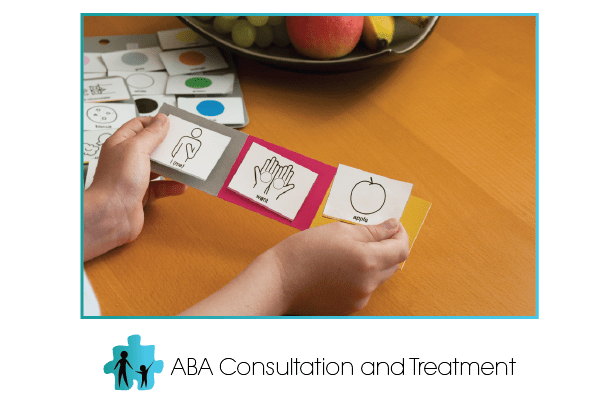Have you ever asked your child to brush their teeth only to have them refuse and then stomp away in anger? Or have you asked them to turn off the television and come to dinner, and instead they wait until the commercials start before turning it off? To a parent these behaviors might seem defiant and typical of a child. They’re testing their boundaries and limits with you. However, in Applied Behavioral Analysis (ABA) therapy these types of reactions are considered non-compliant and pose a tremendous challenge.
Simply put, a child’s behavior is deemed non-compliant when they ignore or fail to follow a given directive or command. A child who is regularly non-compliant will have tremendous difficulty in school and in therapy sessions. It will become very difficult for the teacher or therapist to transition the child from one activity to the next, as everything will become a battle of wills.
Often it can be hard to identify the signs that a child’s behavior is about to become non-compliant. However, there are a few things that you, the therapist, can do to try to get a child back on task and working well again.
Determine the reason for the behavior
First you need to look at the function of the behavior. Is their conduct an attempt to escape a command? Is the behavior an attempt to get attention or a tangible object? Perhaps a child is engaging in non-compliance because they have an ear infection and cannot hear the demands. Medical issues should be ruled out prior to starting services. If you believe a behavior is due to a medical issue, the parents should be notified immediately so the issue can be resolved. As discussed, there are many reasons why a given behavior is occurring and there is always a reason for the behavior.
What to do when dealing with non-compliant behavior
If the non-compliant behavior is due to escape, the student should be required to follow through with the task. However, if the student continues to not respond, this may be a motivational issue so try to find a more powerful reinforcer or alternate preferred and non-preferred tasks. If the behavior is attention seeking, maladaptive behaviors should be ignored. This means you should turn your back towards the student when non-compliance occurs and wait until a more appropriate behavior is emitted before diverting your attention back towards the student. If the behavior is due to trying to get an object, the object should not be given to the student. Keep the object out of sight until the student shows more appropriate behavior.
It’s important to remember when delivering a demand, offer positive reinforcement for completion. That means to let the intensity and size of the reward reflect the action. In addition, make sure what you’re asking of your young client is reasonable and something they can do. As an example, if you’re asking your client to use the washroom and they’re not yet toilet trained, then this request is unreasonable. Last, it’s important that your client know what the consequences are if the request or demand is not met. It might mean withholding reinforcement if your client’s behavior is not met. But make certain the consequence suits the non-compliant behavior, is something the child cannot argue their way out of and is age-appropriate.It is always advisable to pay close attention to the student and use proactive approaches when dealing with behavioral management. Yes, reactive approaches may help in the short term, but being proactive will have the best long-lasting effect on the student’s problem behaviors.



